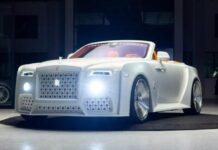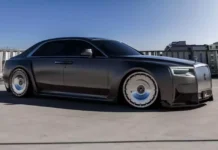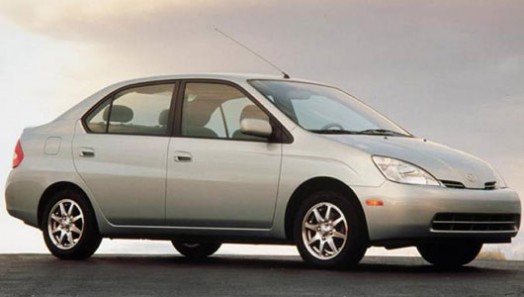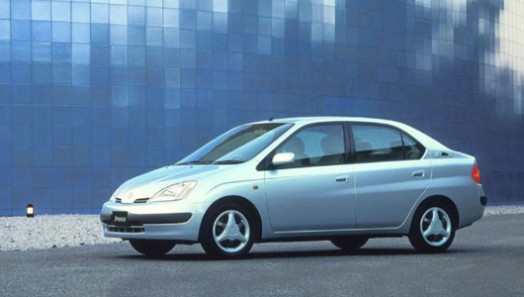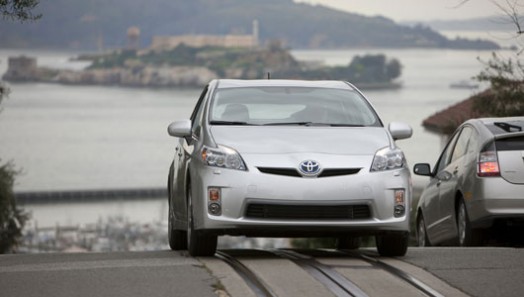The Toyota Prius, which means “to go before – to go ahead of the times” in Latin, is the future solution for transportation, offering both savings and environmental friendliness.
The visionary behind the Toyota Prius
In the 1990s, Toyota was experiencing rapid growth, but the founder and chairman, Mr. Eiji Toyoda, had concerns about the future of the automotive industry. He believed that the current research and development approach would not be sustainable in the 21st century. Mr. Toyoda initiated the Global 21 (G21) project to research and develop cars for the future.
The G21 project initially focused on developing products with improved fuel efficiency using traditional combustion engines. However, in 1993, Toyota’s development team recognized the increasing global demand for fuel-efficient vehicles and the need for a new, spacious car. Mr. Akihiro Wada was assigned the task and Takeshi Uchiyamada, an experienced engineer, was chosen as the chief engineer for the project.
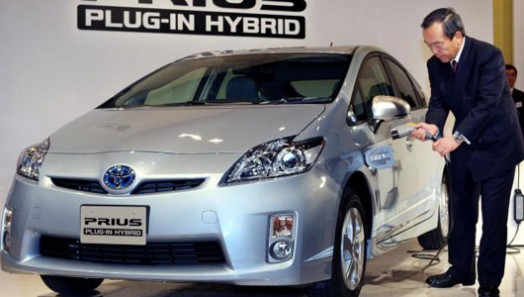
Uchiyamada’s appointment seemed unconventional, but it proved to be a wise decision. Uchiyamada had the necessary qualities for the role, including a deep technical background, a passion for cars, and a strong organizational design skill. He proposed improving fuel efficiency through conventional technology, but Wada believed that a hybrid system would be more attractive.
Toyota had been exploring the idea of hybrid vehicles for years but faced internal disagreements. Wada, determined to make the Prius a reality, gave Uchiyamada the task of developing a hybrid concept model in just two years.
In October 1997, the Toyota Prius made its debut in the Japanese market as the world’s first mass-produced hybrid vehicle.
Generations of Toyota Prius
First generation 1997 – 2003
The first-generation Prius revolutionized the industry by combining the efficiency of a gasoline engine with the cleanliness of an electric motor. It quickly gained popularity in Japan and was introduced to the US market in 2000.
The second-generation Prius, introduced in 2004, featured a redesigned exterior, improved performance, and enhanced comfort. It adopted the Hybrid Synergy Drive system, which allowed for better power generation and acceleration.
Third generation 2010 – The harmony of humans, nature, and machines
The third-generation Prius, introduced in 2010, showcased improved features and driving performance. Its exterior design was more muscular, and the interior offered enhanced comfort and advanced technology.
The Toyota Prius has received numerous accolades throughout its history, including being named the “Car of the Year” and “Best Engineered Car.” It has become the most successful hybrid model in the world, with over 1 million units sold.
Hoang Tung
Toyota Vietnam joins hands for a Greener SEA Games
With the goal of promoting awareness about climate change and environmental pollution, as well as showcasing the beauty of Vietnam and its people to countries in Southeast Asia and the international community, Toyota Vietnam joins the implementation of activities within the Green SEA Games program, initiated by the Communication Resource and Environment Center of the Ministry of Natural Resources and Environment in collaboration with the General Department of Sports and Physical Training.

